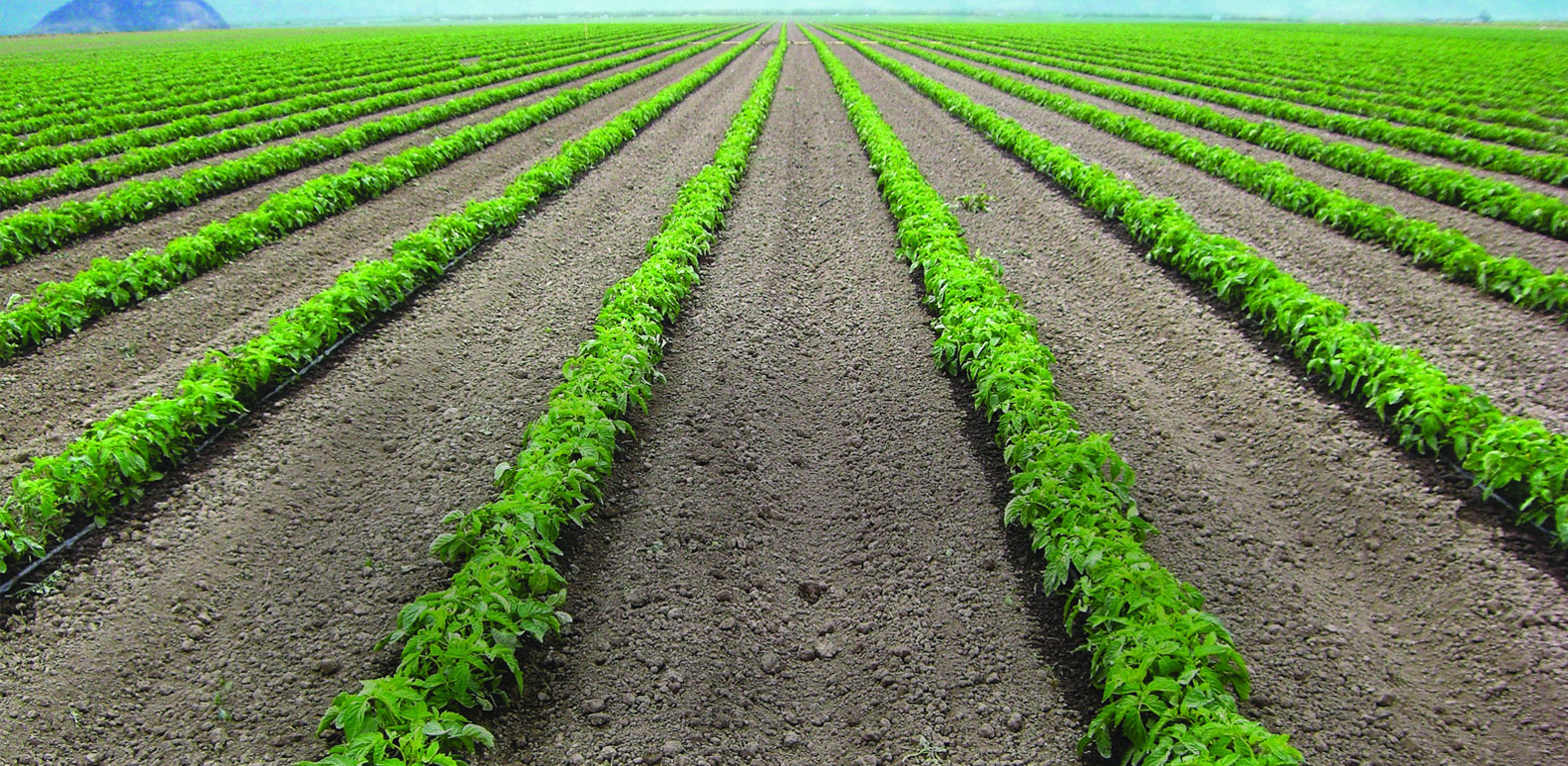Welcome to Jain Irrigation Systems Ltd.

Blog at Jains - Components of Precision Farming: Crop Geometry
The Precision Farming technology adopted and implemented in several crops, by Jain irrigation agriculture experts have many components. One of the main components that make PF quite successful in terms of productivity is Crop Geometry. The conventional row and plant spacing followed for many economically important crops are found to restrict the realization of their yield potentials. The plant populations are either sub- optimal or are spaced in such a way to encourage in situ competition among individual plants in the population. This realization has induced us to look for more logical and productive crop geometry.
Crop geometry introduced by us is found to be quite successful, first in R&D plots then in farmers’ fields. The examples are many:

1. Paired row planting in Sugarcane
2. Wide row planting in Sugarcane
3. Twin row with subsurface drip in Sugarcane
4. 10 cm x 10 cm rows of Onion on bed with 9 rows to bed
5. Close rows (different spacing) in vegetables (Row to row and Plant to plant varies with vegetable species).
6. High density Mango at 4.5 x 4.5 m (200 trees per acre)
7. Ultra high density Mango at 3 x 2 m and 4x 2 m (670 or 500 trees per acre)
8. Ultra high density Guava at 2 x 1m (2000 trees per acre)
9. Ultra High density Pomegranate at 3x 2.1 m (641 trees per acre)
10. Ultra high density Cashew 3 x 2 m (670 trees per acre)
The Ultrahigh density method planting , fruit trees have now proved to be contributing to the sustainable and early production of fruits and very high fruit yields (example, 25 t/ha of Mango in the variety Ratna, at 7 year stage. Jain Irrigation is now in the process of establishing such UHDP plantations in thousands of farmers fields.
These modified crop geometries resulted in very high productivity after we introduced a matching package of input management through drip system and a protracted canopy management and crop regulation steps. In fact, no other introductions in agronomy in India is as epoch making as those Jain introduced.
Only other introduction in Crop geometry that revolutionized agriculture in India is the row planting (Japan method) of rice introduced in the late 60s.
We did very well in Agronomy, plant nutrition, irrigation and crop regulation. All these resulted in high yields and trust by farmers.
Now let us look into some new crop geometry ideas that we are introducing. Some of these are under testing stage now.
Black pepper: Row planting at 3 x 1 m and trellising as a fence. (Conventional spacing : 3 x 3 m on plain land and 4 x 2 m on slopped terrain).
Vanilla: Generally grown as an intercrop on one row in areca nut plantations or as sole crop with trellis. New spacing to establish: 4 m x 1.5 m in long rows under net house; or two rows at 1.5 m row spacing and 1.5 m plant spacing in intercrop among Areca or Coconut.
Vanilla: Generally grown as an intercrop on one row in areca nut plantations or as sole crop with trellis. New spacing to establish: 4 m x 1.5 m in long rows under net house; or two rows at 1.5 m row spacing and 1.5 m plant spacing in intercrop among Areca or Coconut.
Cocoa: Cocoa is grown as an intercrop in Coconut, Areca nut or Oil palm gardens. However Cocoa can be a sole crop with ultra high density plantation; 3 x 2 m or 4 x 2 m spacing. We have standardized irrigation and fertigation schedules for Cocoa.
Papaya: Papaya has been planted at 4 x 2 m or 3 x 2 m in many parts of the country. We have implemented precision fertigation and irrigation schedules for these plantations.
As we go along with spread of the high density crop geometry into a number of crops and standardizing their input and crop regulation practices the idea behind the tag line more crop per drop will extend to more crop per less land and lesser input.



